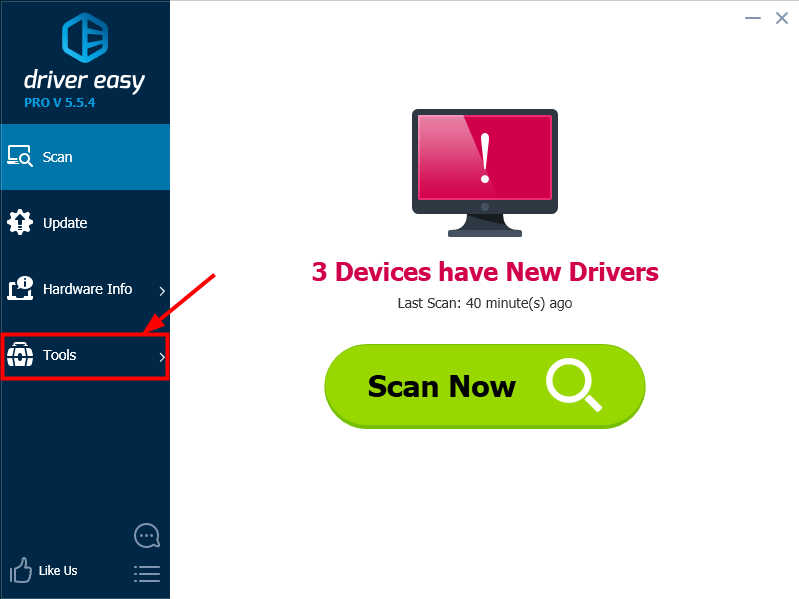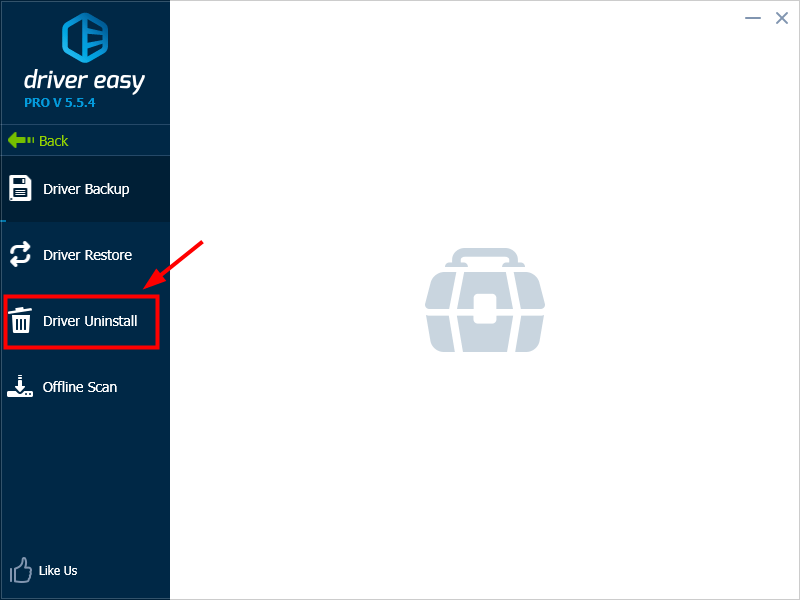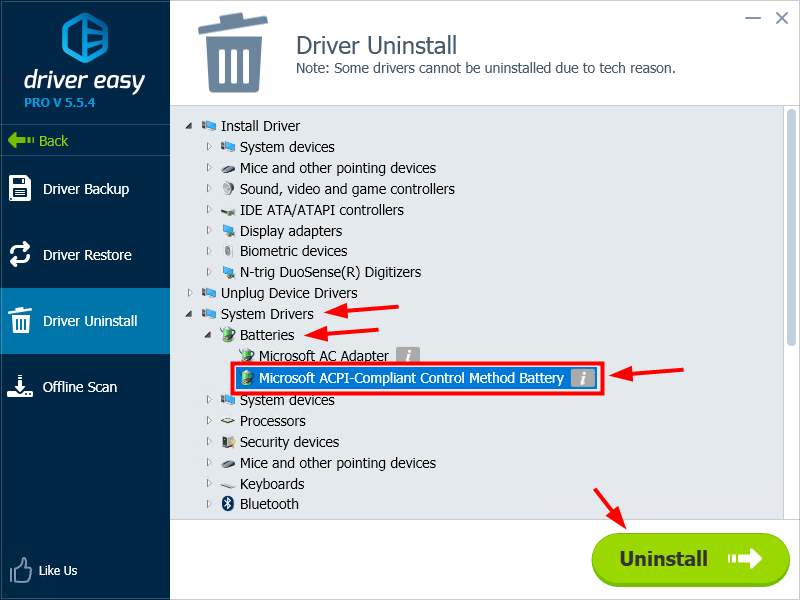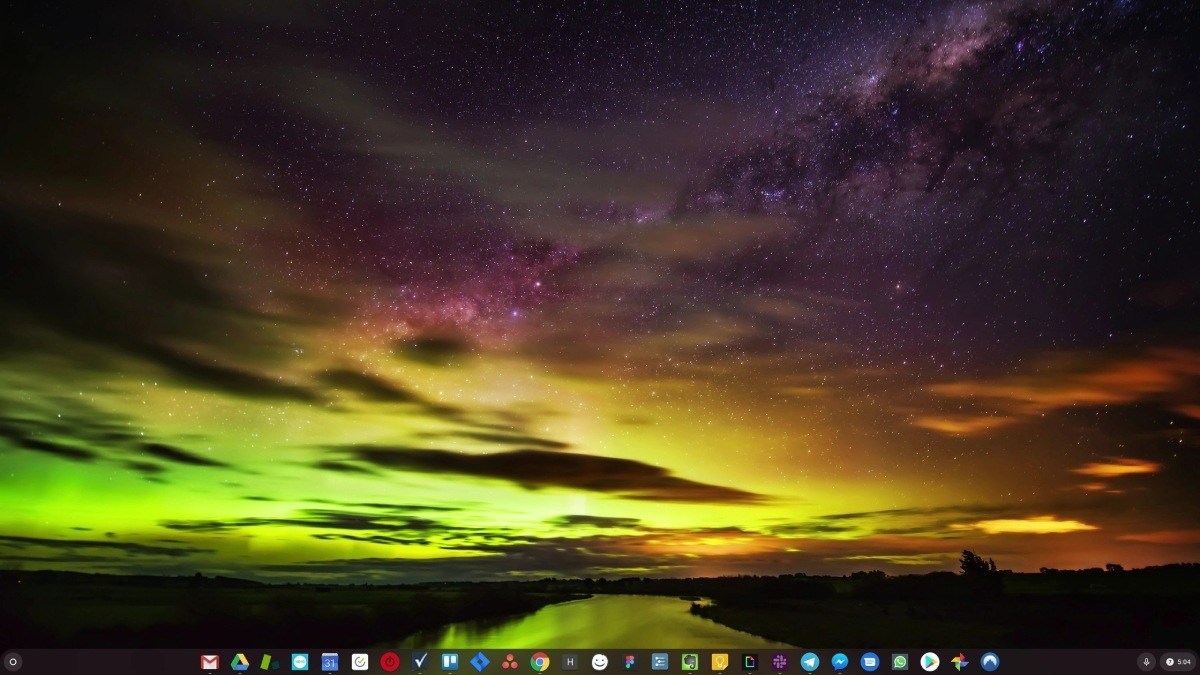
Many Dell laptop users have found that their laptop battery cannot be charged. The battery indicator on their laptop says it’s not charging even when there’s an AC adapter connecting to their device.
You may find this issue frustrating. It makes your Dell laptop unusable without an AC adapter. And it is very inconvenient — maybe you need to use your laptop at a place without any power socket!
Don’t worry. Here are a few tips you can try to fix this issue. You may not have to try them all. Just work your way down the list until you find the one that works.
Method 1: Reconnect your AC adapter and your battery
Method 2: Plug your laptop to a wall socket
Method 3: Try another AC adapter
Method 4: Reinstall your battery driver
Method 5: Update your BIOS
Method 6: Contact Dell support
Method 7: Switch to a Chromebook
Method 1: Reconnect your AC adapter and your battery
One of the simplest and most effective ways to fix this issue is to reconnect your AC adapter and your laptop battery. To do so:
1) Power off your laptop.
2) Unplug the AC adapter and the battery from your laptop.
3) Press and hold the power button on your laptop for 20 seconds to release the residual power in you laptop.
4) Re-connect the battery and the AC adapter to your laptop.
5) Power on your laptop and check to see if the battery can be charged.
Method 2: Plug your laptop to a wall socket
It is possible that your laptop battery cannot be charged because you are using a surge protector. It can affect the functionality of the adapter. Try powering off your laptop and connecting the AC adapter directly to a wall socket. Then start your laptop and see if the problem resolves.
Method 3: Try another AC adapter
The issue may result from the faulty AC adapter you are using. You can test your laptop battery with another AC adapter and see if it can charge your battery. If the new AC adapter works for you, you should have the original one replaced.
Method 4: Reinstall your battery driver
The problem can also occur if you are using the wrong battery driver. You can reinstall the driver and see if this fixes your problem.
To reinstall your battery driver, you can utilize Device Manger of your operating system. Connect your laptop to the Internet, and then find and uninstall the battery driver in Device Manager. After that restart your laptop and the driver will be automatically reinstalled.
You can also uninstall your battery driver easily using Driver Easy.
Driver Easy can help you manage the drivers on your computer. You can use it to update the drivers that are out of date or wrong. It will automatically find you the correct drivers that are suitable for your operating system. You don’t need to risk downloading a wrong driver or making a mistake when installing.
You can download and install drivers with either Free or Pro version of Driver Easy. But with the Pro version, you can do it with just TWO clicks (and you get full support and a 30-day money back guarantee).
You can also use the Pro version to uninstall the battery driver:
1) Open Driver Easy.
2) Click Tools.

3) Click Driver Uninstall.

4) Double click System Drivers and then Batteries. Then click Microsoft ACPI-Compliant Control Method Battery. After that, click Uninstall. The battery driver will be uninstalled immediately.

5) Close Driver Easy and restart your computer. The battery driver will be reinstalled automatically after that. Check if your battery can be charged now.
Method 5: Update your BIOS
BIOS (Basic Input/Output System) is the program that manages the connection between the operating system and the laptop hardware devices. Sometimes faulty BIOS settings can result in the laptop not charging issue. You can update your BIOS to fix the faulty settings.
To update the BIOS, go to the Dell official site and find the support page of your laptop. Then download the latest BIOS update and install it on your computer. (Consult the instructions by Dell support on how to update the BIOS.)
IMPORTANT: Be extra careful about updating the BIOS and always back up your data before doing it. If you make a mistake or an error occurs, your laptop may become unusable and you may suffer from a loss of data.
Method 6: Contact Dell support
If you have tried all the methods above and you still get the problem, it is recommended that you ask Dell for more help. Contact them and let the support crew from Dell help you fix the problem. If your laptop is still under warranty, you can have the laptop or the battery replaced or repaired.
Method 7: Switch to a Chromebook

Windows is a very old technology. Sure, Windows 10 is relatively new, but it’s still just the latest iteration of a decades-old operating system, designed for a bygone era (pre-internet).
Now that we have the internet, fast connection speeds, free cloud storage, and endless web apps (like Gmail, Google Docs, Slack, Facebook, Dropbox and Spotify), the entire Windows way of doing things – with locally installed programs and local file storage – is totally outdated.
Why is that a problem? Because when you’re constantly installing uncontrolled third-party programs, you’re constantly opening the door to viruses and other malware. (And Windows’ insecure permission system compounds this problem.)
Plus the way Windows manages installed software and hardware has always been a problem. If your computer shuts down unexpectedly, or a program installs, uninstalls or updates incorrectly, you can get ‘registry’ corruptions. That’s why Windows PCs always slow down and become unstable over time.
Also because everything’s installed and saved locally, it doesn’t take long before you run out of disk space, and your disk gets fragmented, which makes everything even slower and more unstable.
For most people, the simplest way to solve Windows problems is to ditch Windows altogether, and switch to a faster, more reliable, more secure, easier to use and cheaper operating system…
ChromeOS feels much like Windows, but instead of installing heaps of programs to email, chat, browse the internet, write documents, do school presentations, create spreadsheets, and whatever else you normally do on a computer, you use web apps. You don’t need to install anything at all.
That means you don’t have virus and malware problems, and your computer doesn’t slow down over time, or become unstable.
And that’s just the start of the benefits…
To learn more about the benefits of ChromeOS, and to see comparison videos and demos, visit GoChromeOS.com.





